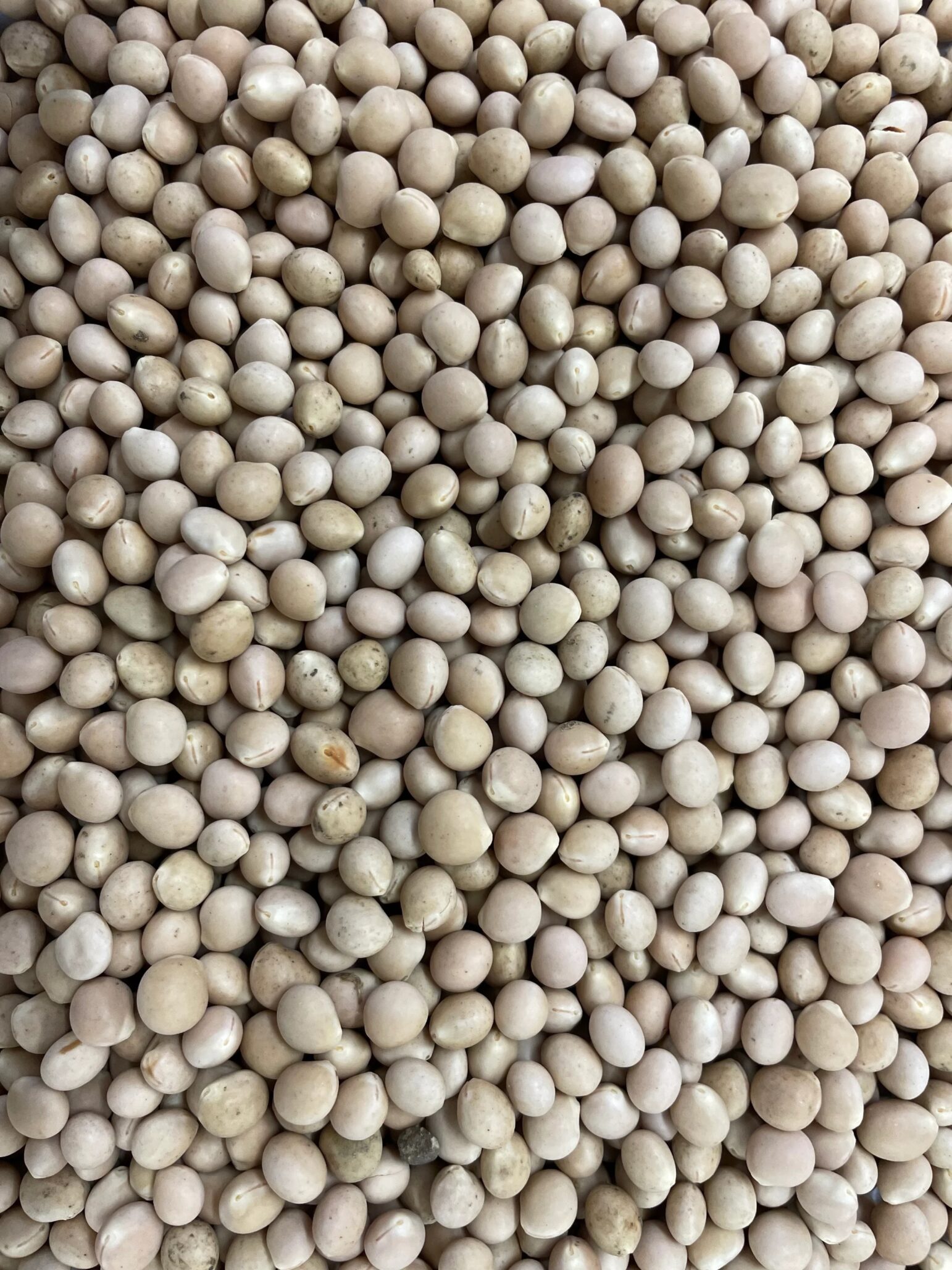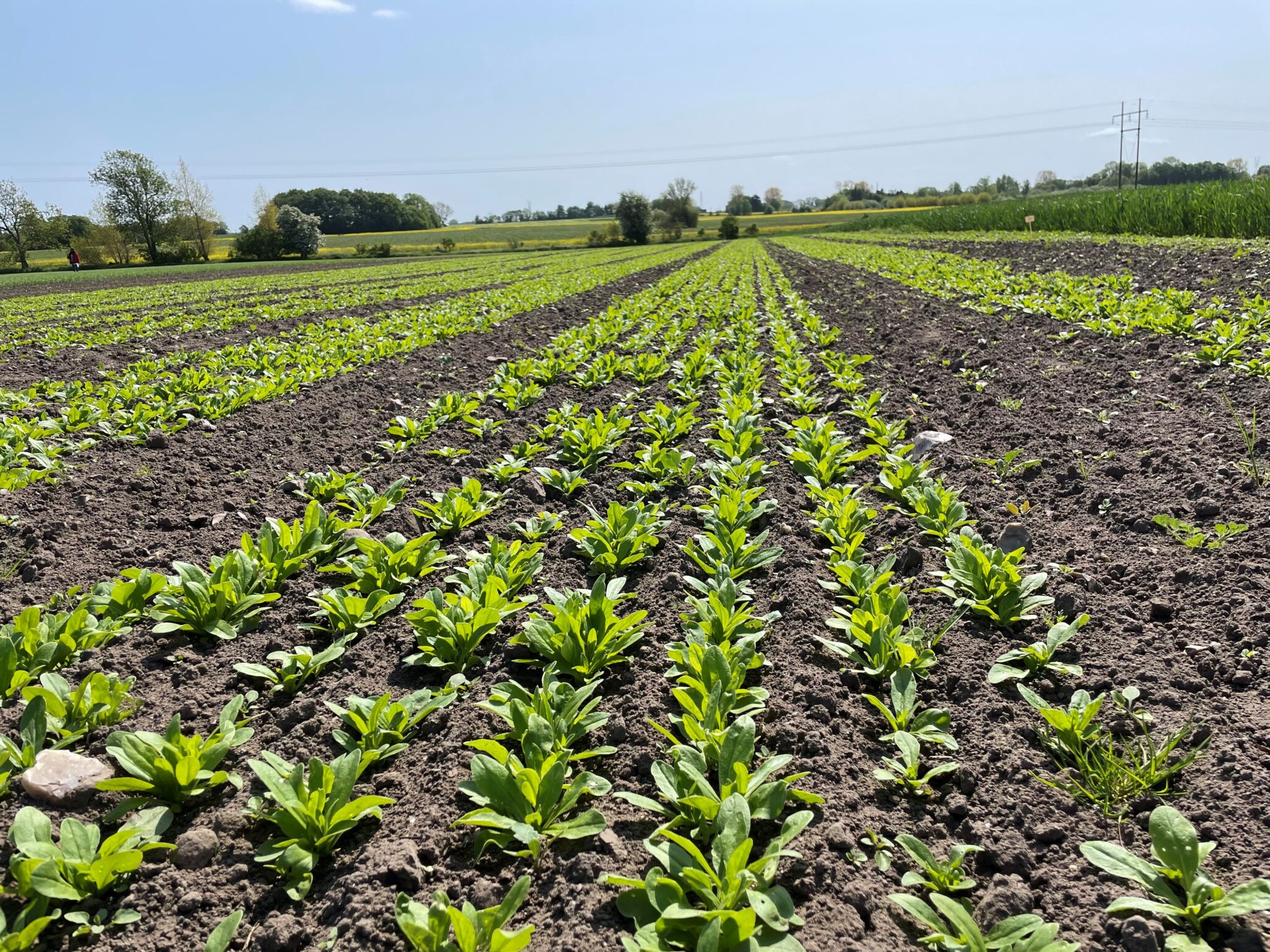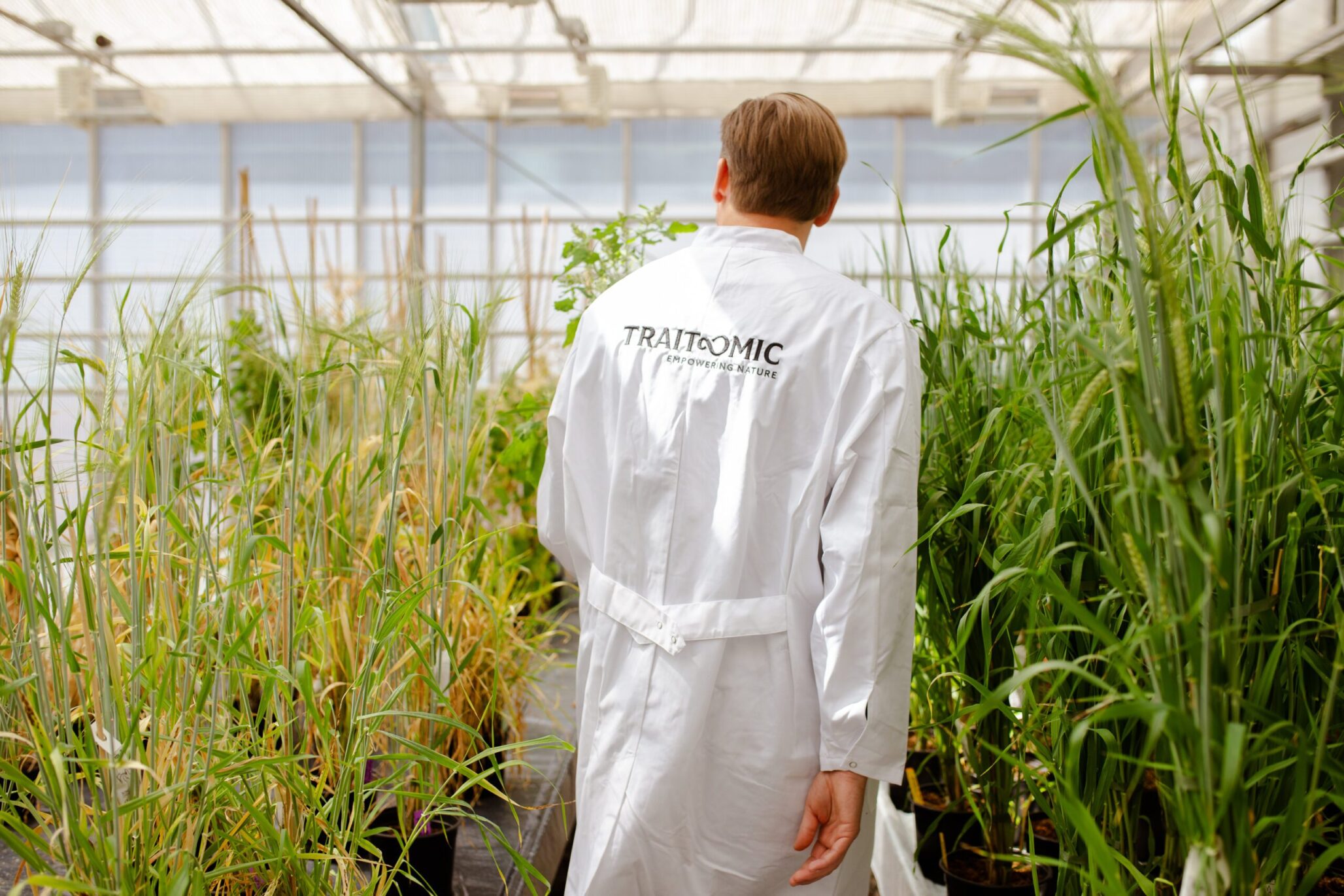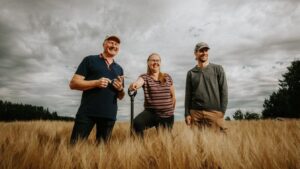Chemical mutagenesis as a plant breeding tool is not new, but its power is growing thanks to cutting-edge software advancement and private industry innovation.
It’s been about 90 years since plant breeders first successfully used mutation — nature’s own plant breeding tool — to develop improved crops. The technique, initially used to breed a better tobacco cultivar, has directly resulted in huge crop steps forward in agricultural productivity, including the creation of many cultivars ready for propagation, as well as stock for further breeding. Indeed, according to scientists from Austria and the UK who penned a chapter in a new book called “Mutation Breeding for Sustainable Food Production and Climate Resilience”, chemical mutagenesis “has contributed over 3330 cultivars in more than 220 plant species”.
The authors note that, among its many advantages, plant breeding using mutation universally applies to all plant species, allows for mutation induction in elite materials (with little or no additional breeding needed) and is an efficient way of developing new, improved lines.
That speed is now magnitudes faster.
Brewers and breeders
We begin our story over 20 years ago when Gustav Hambraeus was hired first as a post doc researcher and then as a senior researcher at Carlsberg Brewery in Denmark. He was hired to a team that developed barley varieties better suited for brewing, aiming to ultimately improve the quality of Carlsberg Brewery’s beer.
He and his team soon developed a bold hypothesis:
“The beer-making process has been refined for thousands of years, but brewers are still optimizing every part of the process in order to improve quality and reduce time and costs,” Hambraeus explains. “We had an idea that it might be possible to completely step-change some of the process steps if the barley harvested from the field was alreadyoptimized for brewing.”
To meet that goal, Carlsberg Brewery’s breeding program focused on improving the brewing properties of barley, with geneticists and brewers aiming for varieties with better beer taste, better foaming properties, and lower energy requirements for brewing.
“In some aspects, the brewing process is ‘just’ about nurturing the good parts of barley while removing the bad parts,” says Hambraeus, “By using barley that contains more of the good parts and less of the bad parts, we can simplify the brewing process, making it more efficient and sustainable without compromising on quality.”
Carlsberg Brewery doesn’t use GMO in their products and has never pursued GM technologies for their trait development programs. Instead, it innovates with conventional breeding. One of the solutions Hambraeus and his colleagues developed to further their breeding program is called FIND-IT, an acronym for Fast Identification of Nucleotide variants by droplet DigITal PCR (polymerase chain reaction).
FIND-IT is a simple, agile droplet digital PCR (ddPCR)-based high-throughput genotyping approach. The FIND-IT system pools and then screens large, low–mutation density variant populations — either natural germplasm collections or populations derived from induced mutagenesis — to identify desired traits. A screening cycle is achievable inside of 10 days. While traditional mutation libraries span about 3,000 to 5,000 plants, a FIND-IT population spans several hundreds of thousands.
These large populations allow FIND-IT to circumvent many of the negative aspects of other mutational screening approaches. With FIND-IT, it is possible to reduce background mutations to a minimum while still achieving a high probability of finding exactly the mutation sought, all at a significantly faster rate.

FIND-IT quickly proved its value when it was ready to use a few years ago, with Carlsberg Brewery using it to identify brewing-relevant traits in barley at unprecedented speed.
Indeed, the pace and specificity of the technology even surprised the research team, says Hambraeus. What’s more, co-inventor Toni Wendt explains that the system made the team realize they could now change the entire way they worked with trait development.
“With FIND-IT, we accessed specific mutations so quickly that we could directly test our trait-hypothesis in real plants, rather than spending time discussing which mutations might have the highest probability to meet our needs,” he says. “This increased our research efficiency dramatically.”
“We typically use one planting season for building a platform, and we then screen platforms for specific traits in just a few weeks,” Wendt adds. “And, as we use very specific PCR reactions, we only extract plants that have exactly the mutation we are looking for. That also saves time.”
FIND-IT beyond brewing
FIND-IT is applicable to any kind of plant. Given the success of the technology within a barley context, the research team soon began thinking about how to leverage the technology outside of brewing.
In 2019, members of the team developed a spin-off company called Traitomic, naming Hambraeus as managing director and Wendt the technology lead. Since it opened for business, the company has attracted significant attention from both companies and academia.
Traitomic recently worked with a team at the University of Copenhagen to develop lupin plants with reduced alkaloid levels. Traitomic has also participated in a domestication program on quinoa. The company will soon publicly share more examples of FIND-IT’s success across many different crops and varieties, including cereals, legumes and vegetables.
“We have identified successful traits in over 25 plants by now,” Wendt notes. “That might not be a record, but considering that we have done it in less than four years, it’s pretty impressive I think.”
Traitomic is now poised to launch TraitSource, a platform that gives scientists direct access to specific traits in over 20 different crops.
“It’s an attempt to share FIND-IT to a broader community, and we are excited to see how TraitSource will be welcomed,” says Jan Gottlieb, Commercial Lead at Traitomic. “Hopefully it provides an opportunity for scientists that have a great trait idea, but don’t have access to a proper toolbox for developing it.”

New life to conventional breeding
Hambraeus notes that plant breeding is one of the most critical means by which agriculture can meet the nutritional needs of our growing population without exhausting the planet. To successfully convert ideas to impact, however, a range of trait development technologies will be needed.
The Traitomic team believes there conventional breeding technologies and classic screenings have a critical place in plant breeding.
“Gene editing has been on everyone’s lips even before Jennifer Doudna and Emmanuelle Charpentier were awarded the Noble prize for their breakthrough research on CRISPR technology in 2020, but broad implementation of the technique may not be as straightforward as sometimes wished,” Hambraeus says. “A 2023 review by Teodoro Cardi et al. in ‘Trends in Plant Science’ concludes that there are still many bottlenecks and challenges with the CRISPR/Cas system in plants, which slow down the commercial impact of genome editing in breeding.”
Technological challenges aren’t the only challenges to new breeding techniques. Some consumer groups remain resistant to gene-edited food, and the European Union has not yet agreed on how to manage these modern trait development technologies.
Hambraeus says that while these technologies are particularly attractive for crops grown in geopolitical areas with restrictive GMO legislation, they also are the best — and sometimes the only — breeding option for certain breeding projects (for example, for plants in which transformation protocols are not available).
As Wallace Cowling, a plant breeder at the University of Western Australia, recently stated in the journal Science, “FIND-IT is a brilliant example of how modern technology can improve outcomes from plant breeding without the need for genetic modification.”













